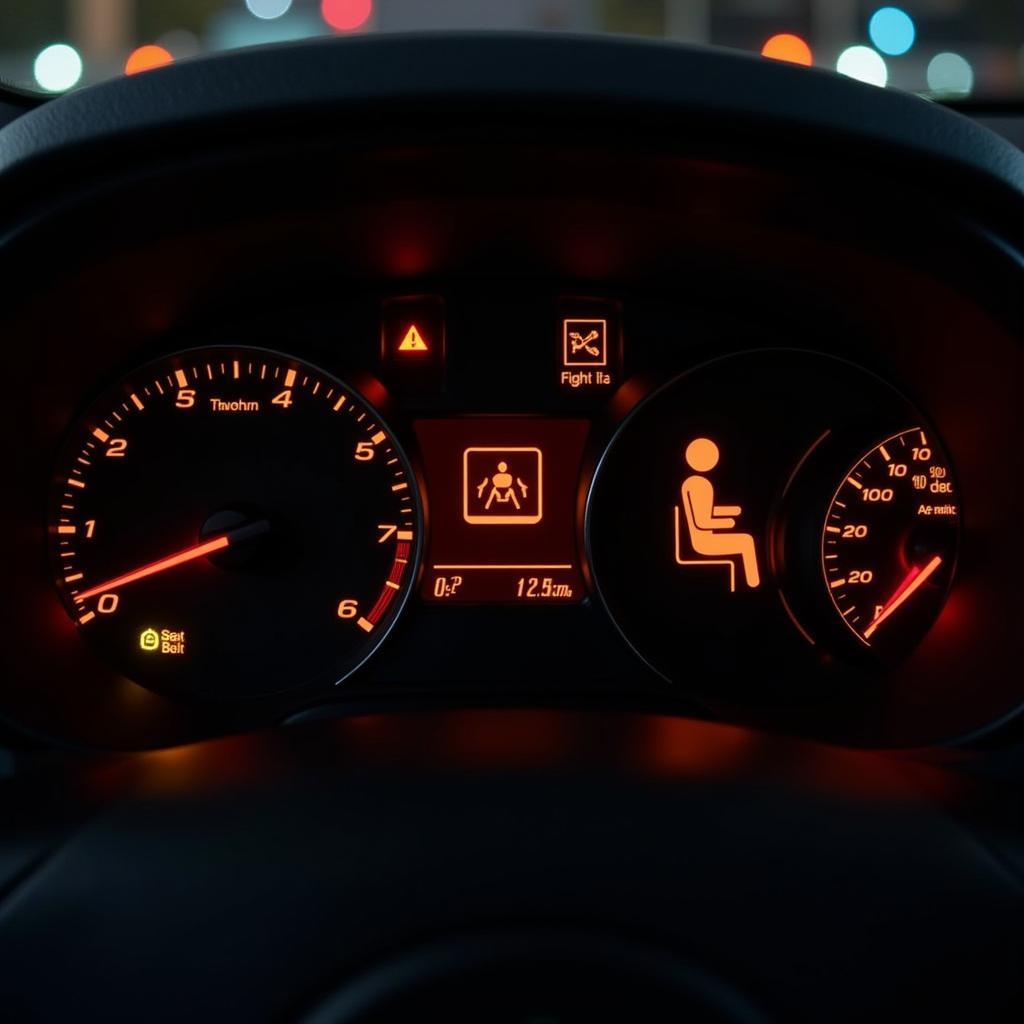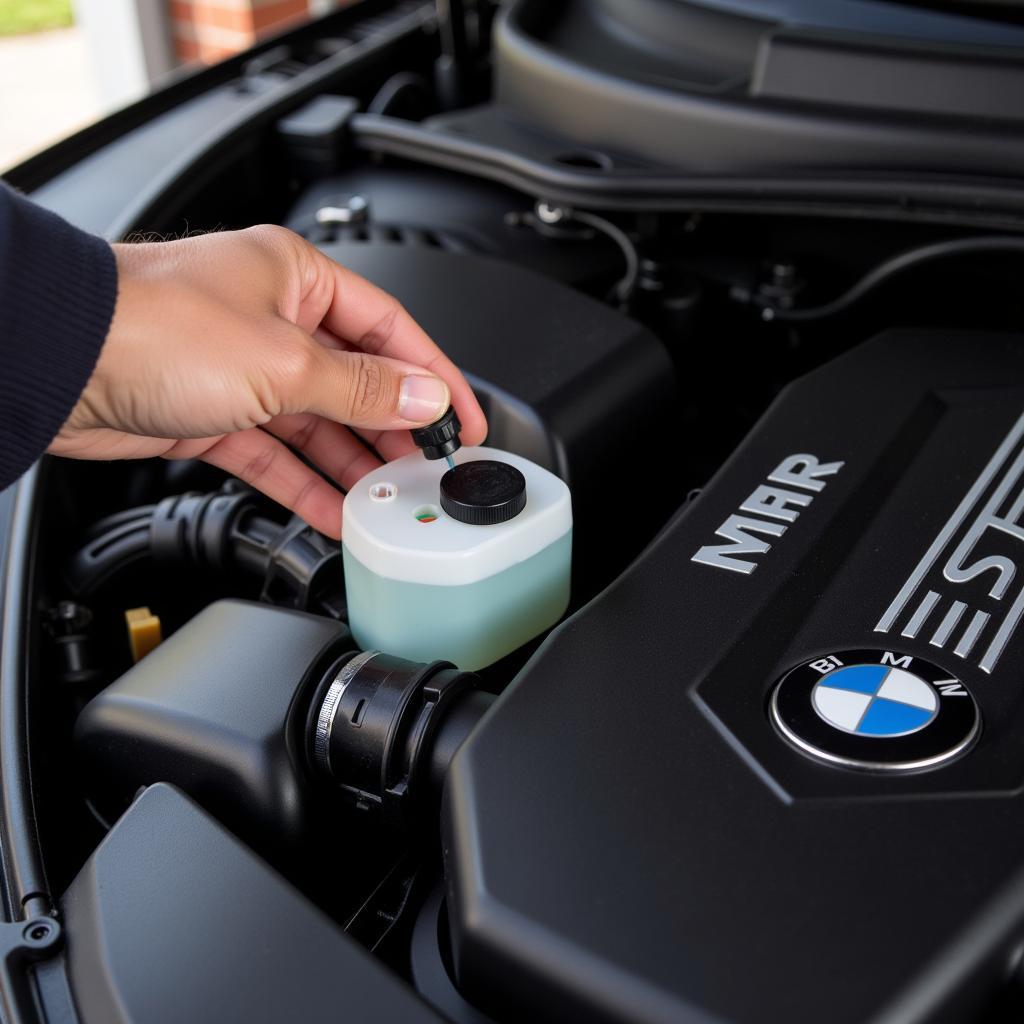The Hyundai i20 seat belt warning is a crucial safety feature designed to remind drivers and passengers to buckle up. However, encountering a persistent or malfunctioning warning can be frustrating. This comprehensive guide aims to shed light on the common causes of i20 seat belt warnings and provide effective solutions to address them.
Understanding the i20 Seat Belt Warning System
The i20, like most modern vehicles, is equipped with a Seat Belt Reminder System (SBRS). This system typically consists of sensors in the seat belt buckles and a control module that monitors their status. When a seat is occupied and the belt is unfastened, the system triggers an audible chime and a visual warning on the dashboard. The intensity and duration of these warnings may vary depending on the specific model year and region.
Common Causes of i20 Seat Belt Warnings
There are several reasons why your i20 seat belt warning might be activated even when the seats are empty or the belts are fastened:
- Faulty Seat Belt Buckle Sensor: A malfunctioning sensor in the buckle can send incorrect signals to the control module, leading to a false warning.
- Damaged Wiring Harness: The wiring connecting the seat belt buckles to the control module can become frayed or damaged, disrupting the signal flow.
- Liquid Spillage: Spilling liquids on the seats or near the buckles can damage the sensors or wiring, causing erratic behavior.
- Software Glitch: In some cases, a software glitch in the vehicle’s control module can trigger a false seat belt warning.
- Seat Occupancy Sensor Issue: The i20 may have a sensor that detects if a passenger is present. If this sensor malfunctions, it can activate the seatbelt warning even if the seat is empty.
Troubleshooting Your i20 Seat Belt Warning
1. Check for Simple Solutions:
- Fasten all Seat Belts: Ensure that all seat belts, including the rear ones, are properly fastened.
- Inspect the Buckles: Check for any visible damage or debris lodged in the buckles. Clean them if necessary.
- Restart the Engine: Sometimes, a simple restart can resolve temporary software glitches.
2. Inspect the Wiring:
- If you are comfortable with basic car maintenance, visually inspect the wiring harness under the seats for any signs of damage or loose connections. However, it’s best to leave extensive electrical work to professionals.
3. Seek Professional Diagnosis:
- If the warning persists, it’s crucial to have your i20 inspected by a qualified Hyundai technician or a trusted mechanic specializing in automotive electronics.
 Hyundai i20 Diagnostic Scan
Hyundai i20 Diagnostic Scan
Advanced Diagnostic and Repair Options
Modern vehicles like the i20 are heavily reliant on software and electronic control units (ECUs). In situations where traditional troubleshooting methods fail to resolve the seat belt warning, specialized diagnostic and repair procedures may be necessary:
- Diagnostic Scanning: A professional-grade diagnostic scan tool can communicate with your i20’s onboard computer, retrieve fault codes, and pinpoint the root cause of the issue. This is often the most efficient way to diagnose complex electrical problems.
- Software Update or Reprogramming: Occasionally, a software update or reprogramming of the relevant control module might be required. This is typically handled by dealerships or specialized automotive electronics technicians.
- Component Replacement: If a faulty sensor, buckle, or control module is identified, replacing the malfunctioning component will be necessary.
“It’s important to address seat belt warnings promptly, as they are directly related to the safety of you and your passengers. Ignoring a persistent warning could put you at risk in the event of an accident.” – John Miller, Senior Automotive Electrician
Preventing Future i20 Seat Belt Warning Issues
- Keep the Interior Clean and Dry: Regularly clean the car’s interior, especially around the seats and buckles, to prevent liquid damage or debris accumulation.
- Handle Buckles with Care: Avoid excessive force or rough handling when fastening or unfastening the seat belts.
- Address Warning Lights Promptly: If any other warning lights appear on your dashboard alongside the seat belt warning, have your vehicle inspected by a professional as soon as possible.
- Schedule Regular Maintenance: Adhering to your i20’s recommended maintenance schedule, including software updates, can help prevent potential issues with the seat belt warning system.
 Hyundai i20 Dashboard Warning Lights
Hyundai i20 Dashboard Warning Lights
Conclusion
A malfunctioning seat belt warning in your Hyundai i20 can be a nuisance, but it should never be ignored. By understanding the common causes and following the troubleshooting steps outlined above, you can effectively address the issue and ensure the continued safety and functionality of your vehicle. If the problem persists, don’t hesitate to seek professional assistance from a qualified Hyundai technician or a trusted mechanic.


